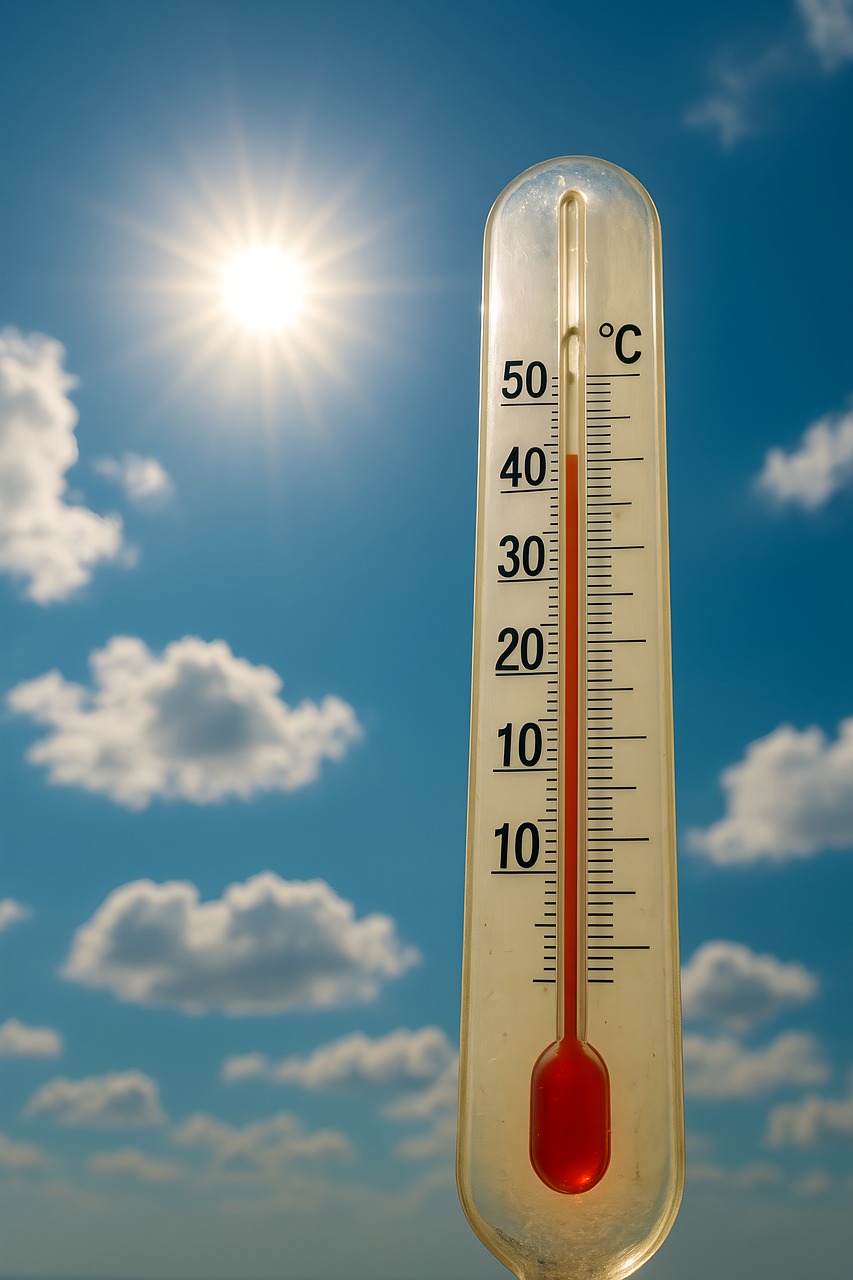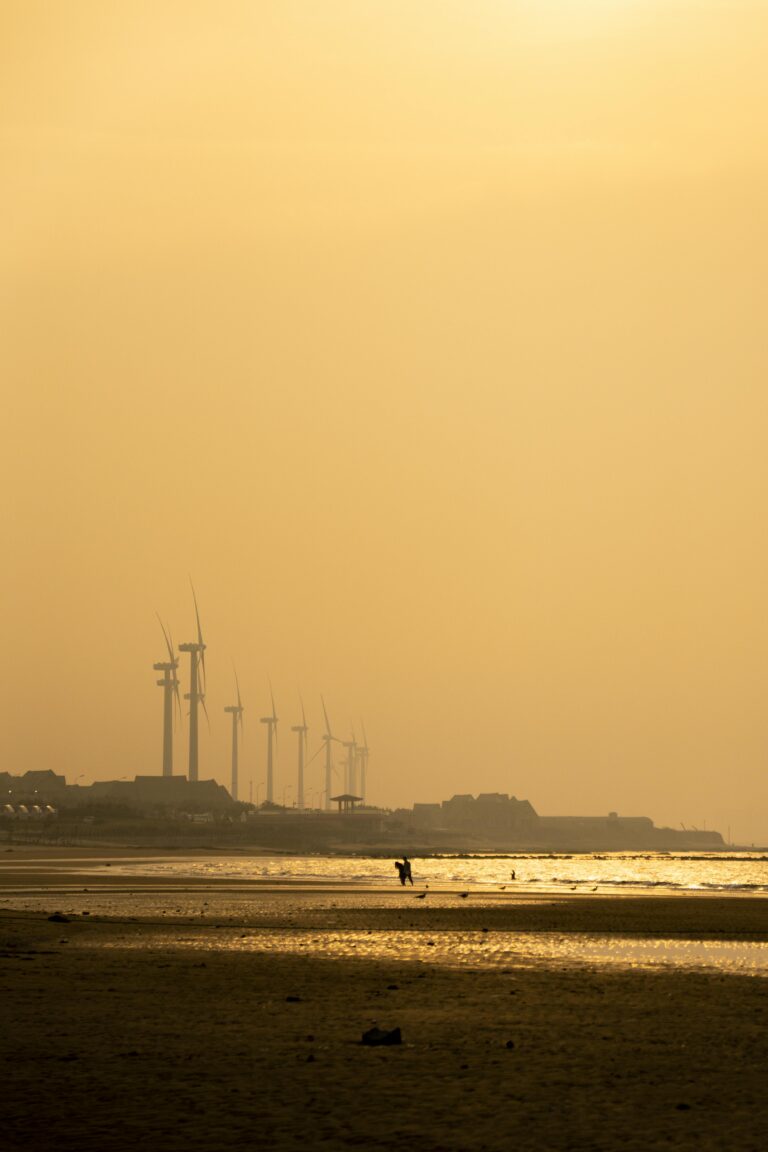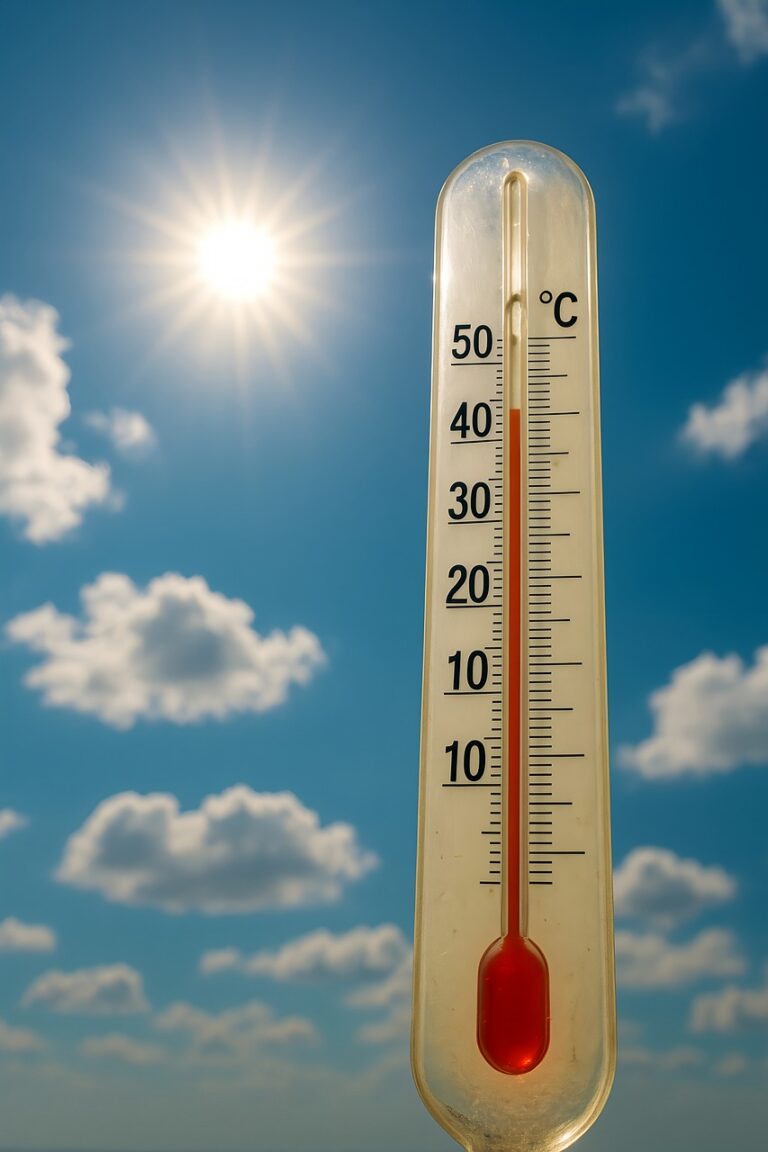
Intense heatwave grips Rajasthan; temperatures soar to 47.4°C in Sri Ganganagar yesterday ● ANI News
Introduction to the heatwave in Rajasthan
Rajasthan is currently under the sweltering grip of an intense heatwave, with temperatures reaching a staggering 47.4°C in Sri Ganganagar just yesterday. As residents brace themselves for this extreme weather, everyday life has been profoundly affected. The sun blazes mercilessly across the state, leaving many wondering how to cope with such relentless heat. This phenomenon isn’t just a seasonal anomaly; it serves as a stark reminder of the changing climate and its impacts on our lives. Join us as we explore what’s driving these soaring temperatures and how people are adapting to survive Rajasthan’s scorching days.
Causes of the heatwave
The recent heatwave in Rajasthan can be attributed to a combination of meteorological factors. A high-pressure system has settled over the region, trapping hot air and preventing cooler breezes from circulating. This phenomenon results in soaring temperatures across cities like Sri Ganganagar.
Another contributor is the lack of significant rainfall during this season. Normally, pre-monsoon showers help moderate temperatures; however, this year’s deficit has left many areas parched and vulnerable to extreme heat.
Urbanization also plays a critical role. With more concrete surfaces absorbing sunlight, urban heat islands have developed. Cities like Jaipur experience intensified warmth due to their expanding infrastructure and reduced greenery.
Climate change cannot be overlooked as it alters weather patterns globally. Rising global temperatures lead to increased frequency and intensity of such heatwaves, affecting regions far beyond Rajasthan’s borders.
Impact on daily life and health of residents
The intense heatwave sweeping across Rajasthan has drastically altered daily life for its residents. As temperatures spiked to a staggering 47.4°C in Sri Ganganagar, many people found themselves struggling with the oppressive heat.
Daily routines have shifted. Workers are starting their days earlier to avoid the peak sun hours, while families tend to stay indoors during the hottest parts of the day. The streets that once buzzed with activity now feel eerily quiet as people prioritize their well-being over social gatherings or shopping trips.
Health concerns are rising too. Heatstroke and dehydration cases have surged, particularly among vulnerable groups like children and the elderly. Hospitals report an increase in patients suffering from heat-related illnesses.
With air conditioning often inaccessible for many households, residents are left searching for alternative ways to cool down—whether it’s relying on fans or finding shaded areas outdoors when necessary.
Measures taken by the government to combat the heatwave
The government of Rajasthan has implemented several measures to address the scorching heatwave affecting the region. Emergency services have been activated, ensuring rapid response for those suffering from heat-related illnesses.
Cooling centers have been established in various districts, providing residents with a refuge from the sweltering temperatures. These centers are equipped with fans, water supplies, and medical personnel ready to assist.
Public awareness campaigns have also gained traction. Authorities are disseminating information about staying hydrated and recognizing heat exhaustion symptoms through social media platforms and local broadcasts.
Additionally, schools have adjusted their schedules. Classes starting earlier help students avoid exposure during peak temperature hours. Local administrations are also monitoring vulnerable populations closely to ensure they receive necessary support during this extreme weather phase.
Tips for staying safe and cool during a heatwave
Staying safe in a heatwave is essential. First, keep hydrated. Drink plenty of water throughout the day to avoid dehydration.
Dress lightly and choose loose-fitting clothing made from breathable fabrics like cotton. Light colors reflect sunlight better than dark ones.
Limit your outdoor activities during peak hours, usually between 11 AM and 4 PM. If you must go outside, seek shade whenever possible.
Use fans or air conditioning to cool down indoor spaces. If those aren’t available, consider visiting public places such as malls or libraries where it’s cooler.
Take cool showers or baths to lower body temperature quickly. A cold compress on your forehead can also provide quick relief.
Stay informed about local weather updates so you’re aware of any worsening conditions that might require additional precautions.
Climate change and its role in extreme weather conditions
Climate change is reshaping our planet’s weather patterns. Rising global temperatures are pushing extreme conditions to the forefront.
In Rajasthan, this manifests as intense heatwaves, like the recent spike to 47.4°C in Sri Ganganagar. Such records aren’t mere anomalies; they reflect a disturbing trend.
As greenhouse gas emissions increase, so do the frequency and intensity of extreme weather events. Prolonged droughts and unrelenting heat affect agriculture and water supply.
The impact extends beyond nature; it influences health outcomes too. Vulnerable populations grapple with heat stress and other related illnesses.
Communities must adapt to these changing climates while advocating for sustainable practices that mitigate further damage. Each action counts toward preserving our environment for future generations—an urgent call we can’t ignore amidst rising temperatures across regions like Jaipur and beyond.
Conclusion: Importance of taking action against climate change
As we witness the intense heatwave gripping Rajasthan, with temperatures soaring to 47.4°C in Sri Ganganagar, it’s essential to recognize that this extreme weather is not just a temporary inconvenience but a clear signal of changing climate patterns. The rising temperatures are interlinked with broader issues of climate change affecting our planet.
Taking action against climate change is crucial for safeguarding both our environment and public health. By adopting sustainable practices and promoting awareness, we can mitigate the effects of such heatwaves in the future. It’s vital for individuals, communities, and governments to work together towards reducing carbon footprints and implementing effective environmental policies.
Every small effort counts; whether it’s conserving energy or supporting renewable sources, collective actions can lead to significant change. Protecting ourselves from extreme weather events requires a commitment not just today but also for generations to come. Let’s prioritize our planet’s well-being alongside our daily lives as we navigate these alarming climatic shifts.


jaipur temperature jaipur temperature jaipur temperature jaipur temperature jaipur temperature jaipur temperature jaipur temperature
jaipur temperaturejaipur temperature





